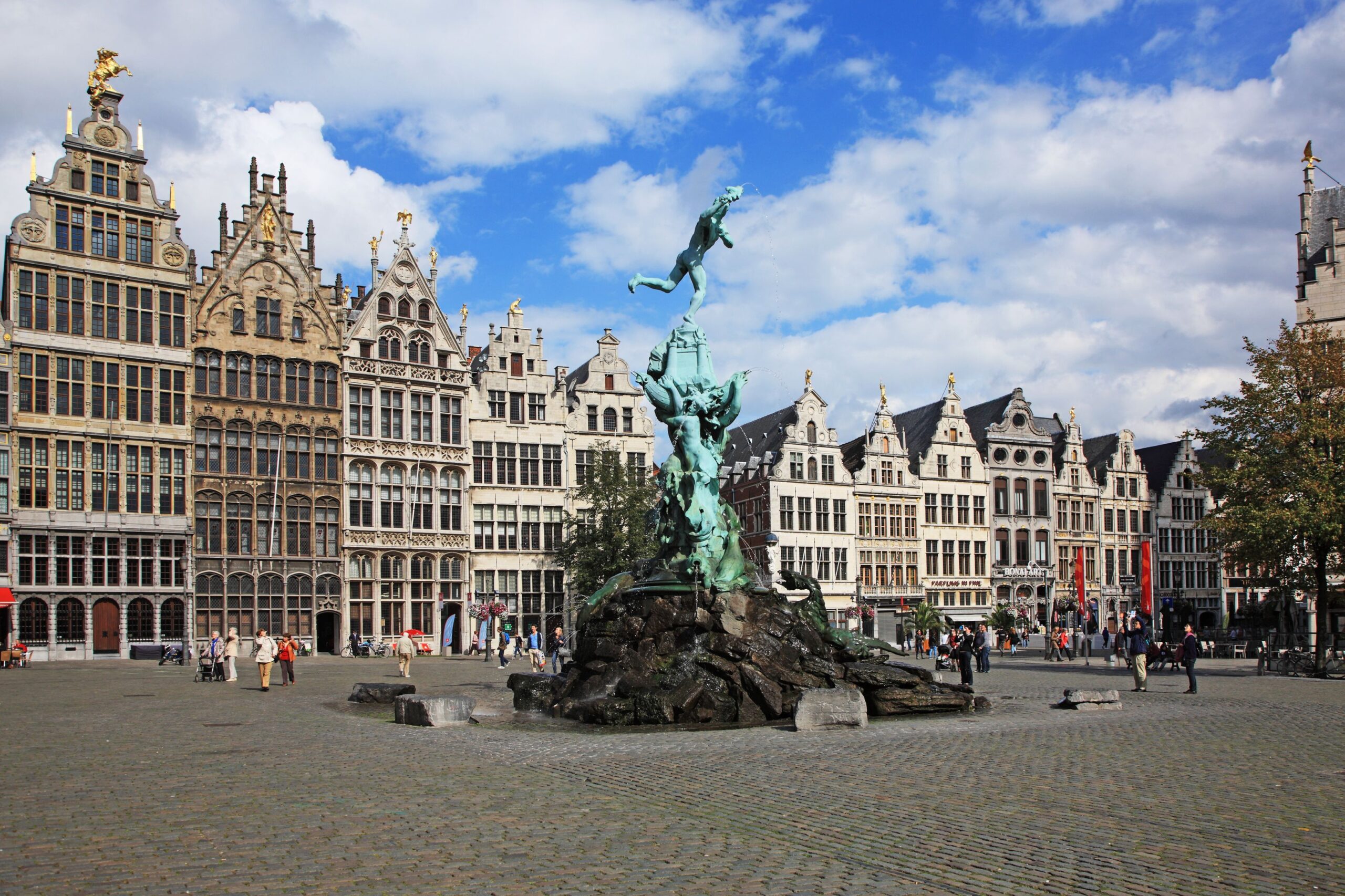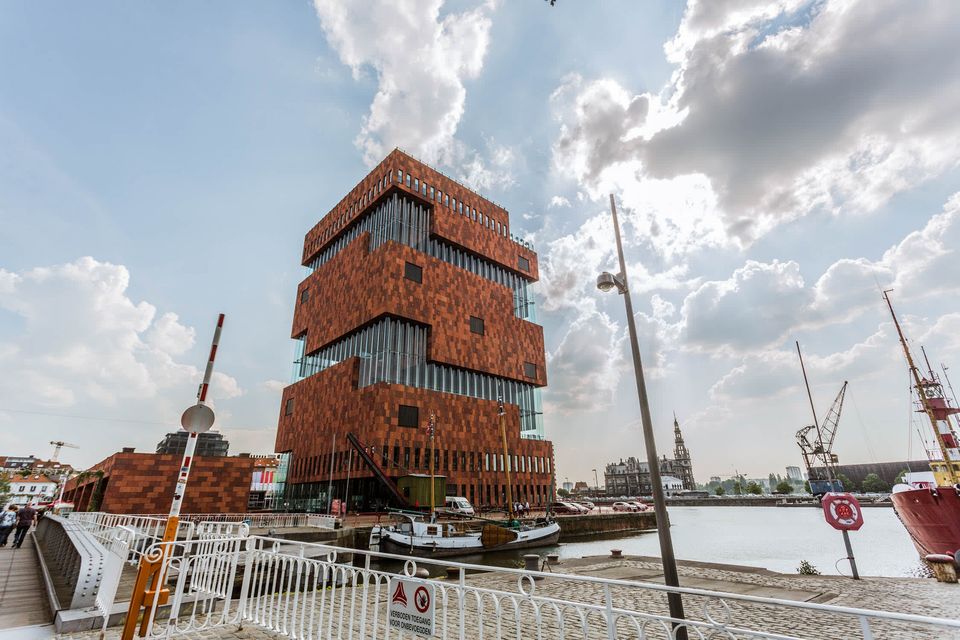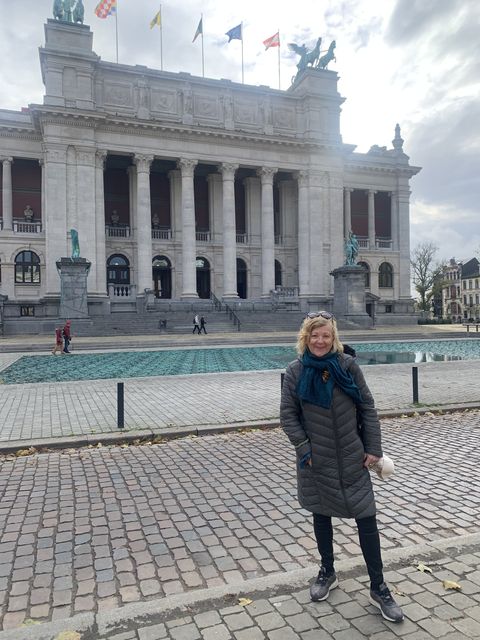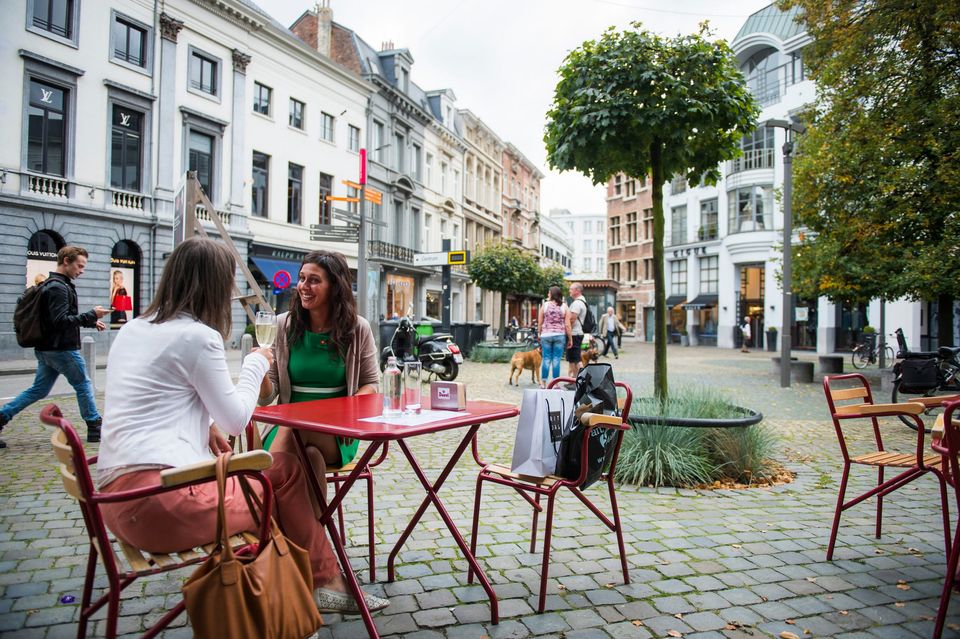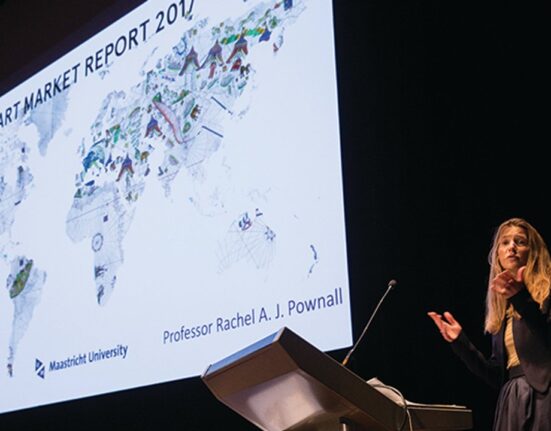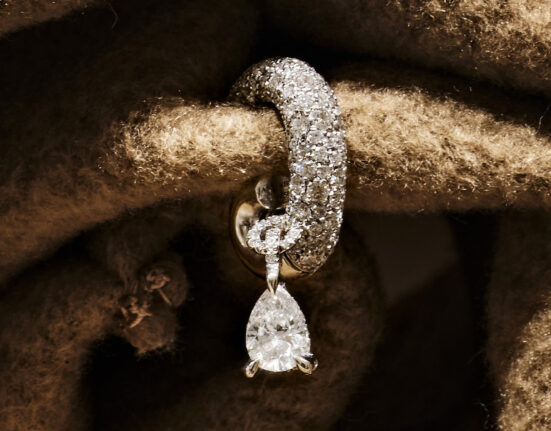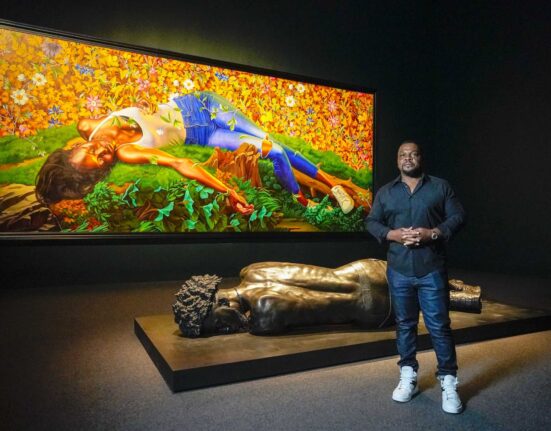The city’s pleasures, after all, include more than 700 types of beer, the best frites in the world, and even a chocolate dream like presentation box of three flavours of cocoa powder “to shoot up your nose for a non-addictive jolt to maximise the chocolate experience”.
It’s a capital of cool, cutting-edge creativity, hot fashion, sophisticated design, fantastic food and fun. It’s a mystery more of us haven’t visited this lively and seductive short-break destination down the road from Brussels airport.
Had Colin Farrell and Brendan Gleeson starred in “In Antwerp” instead of In Bruges maybe things would have been different, I can’t help thinking. In the past, while living in a staid part of the Netherlands I regularly dropped down to this city that knows how to enjoy itself properly. Now I’m back, re-discovering the best-kept secret in Belgium.
In medieval times it was the greatest city of northern Europe and dynamic melting pot for trade and new ideas. Antwerp (population 500,000) now has the world’s third largest port and is the driving force today of Flemish prosperity.
Admiring Rubens’s work in the triptych of the Cathedral of Our Lady in Antwerp
Diamonds and centuries of trade left a legacy of flamboyant architectural treasures. Still centre of the global diamond trade, it is said that four out of five diamonds in the world once passed through Antwerp. Antwerp Central railway station’s soaring glass ceilings, fabulous Art Deco entrance and ornate architecture, chosen by Newsweek as the fourth most beautiful station in the world, is a splendid introduction to arriving travellers.
Emerge from the rear of Central station and you’re in the middle of the fabled diamond district; exit at the front and you’re soon in a warren of streets of overpriced pizzerias, dodgy bars and transient takeaways – no different from railway hubs the world over. I instead head for Antwerp’s gracious pedestrianised Meir boulevard that leads into the historic centre of town.
Dominated by a 123-metre spire and impossible to miss is the Gothic cathedral of Our Lady. Nearby is the magnificent Unesco-listed Stadhuis in the Grote Markt, an area lined with elaborate 16th and 17th century gabled buildings and Flanders leading tourist attraction.
The cathedral took 169 years to complete and is home to some of the most important religious triptychs by Antwerp’s most famous son, Peter Paul Rubens. Latterly called the “Quentin Tarantino of his era”, the painter could as easily create scenes of lustful passion involving dimpled flesh and ample bosoms as he could those of strict religious fervour. You come across Rubens everywhere, from museums to churches. There are little-changed neighbourhoods where he worked and socialised.
The MAS museum in Antwerp
A ten-minute walk from the cathedral via a labyrinth of quiet little streets and squares brings you to Veemarkt (the cattle fair in days of old) and baroque Sint Paulus (St Paul’s Church) where more artworks by Rubens and ones by Van Dyck hang. In 1968 sex workers from the Schipperskwartier (seamen’s quarter) working their beat into the early hours saw flames engulfing the church and dashed over to help save its precious art. The women’s selfless bravery is remembered on a plaque outside.
A stroll north alongside the river Schelde takes you to a more recent landmark, the MAS or Museum aan de Stroom (mas.be) in the old port district. This modern cubist building rises up ten floors, tracing Antwerp’s tumultuous history in various displays, offering phenomenal views over the city at sundown. Nearby Eilandje (Little Island) occupies the dredged old dock area where derelict warehouses are transformed into smart restaurants, clubs and apartments. The Red Star Line Museum (redstarline.be) nearby tells the stories of more than a million European emigrants who fled poverty and wars in search of a better life in America.
The magnificent Koninklijk Museum voor Schone Kunsten – KMSKA – (kmska.be) or Royal Museum of Fine Arts in Leopold de Waelplaats re-opened last year following a decade of renovations and is at the top of Antwerp’s cultural hit-list, showcasing an impressive collection of Lowlands Old Masters. Many of Rubens’s finest paintings are here, including ‘Adoration of the Magi’, a massive work that he completed alone in two weeks. The glorious Rubenshuis, the artist’s former home, studio and garden, is closed at present because of major refurbishment, but parts are scheduled to open next year.
Isabel Conway outside Antwerp’s renovated KMSKA Royal Museum of Fine Arts
Artists in the Low Countries were phenomenal painters of faces, often depicting the human face, not representing someone but a type, a feeling or character trait. The exhibition Turning Heads, devoted to painters’ studies of human faces and featuring Flemish masters such as Bruegel, Rubens, van Dyck and Jordaens, opened recently at the KMSKA. The exhibition will move on to the National Gallery, Dublin, from February 24 to May 26 next year.
Returning to the historic Antwerp centre, I meander along the Nationaalstraat, beloved of young fashionistas, stopping off at the acclaimed fashion museum MoMu, which features 38,000 exhibits and has a great cafe serving delicious, inexpensive snacks (momu.be).
The adjoining fashion academy, spiritual home for fashion industry professionals, is where back in the 1980s a breakthrough group of designers, including Dries van Noten, cemented Antwerp’s reputation as a global fashion influencer.
Weekending Dutch flock to the cathedral quarter around Grote Markt and nearby Groenplaats to drink beer and talk loudly. Better and less pricey watering holes are found in and around the Melkmarkt, the lovely atmospheric bars and small restaurants of Hendrik Conscienceplein or, beyond, in the university quarter where there are retro and second-hand fashion pop-up shops and buzzy cafes.
Antwerp’s eating-out scene is wonderful and the mix of nationalities who live here have introduced plenty of foreign flavours in addition to the city’s famed mussels – always served with frites – and oysters and an Antwerp favourite: palingen in groene saus (eels in green sauce). For us potato-loving Irish. the Belgian spud is a class apart, mashed with cabbage, carrots or spinach, and called stoemp. Stoemp is also served with stoofvlees (slow-cooked beef in ale) and a helping of fries on the side to warm anyone up in the depths of winter. The secret success of the Flemish frites, they tell you, is using good quality potatoes, immersing the fries twice in fresh oil.
Kick back and enjoy the terrace life in Antwerp
Come winter, when twilight descends over the river Schelde, Antwerp appears to glow, re-creating an atmosphere immortalised by another Flanders genius, the painter Pieter Bruegel the Elder. I walk into a scene like a Bruegel painting, almost faint with love with this special city while the light from medieval and renaissance leaded windows casts shadows across the cobbled alleyways where Rubens and his painter and poet friends hung out.
Antwerp’s sights and superb shopping side by side are sprinkled with numerous bars, cafés and restaurants, from high end to cheap and cheerful. Be warned: no visit is complete without a Belgian waffle, dripping with chocolate, cream or preferably both from street vendors. But, first, try a bag of chips from one of Antwerp’s 200 frituren (chip shops).
There’s a saying that somewhere in this fun city that it is always beer o’clock. At Bierhuis Kulminator (a bar with 750 different beers) they’re popping Brigand beer champagne corks long before noon.
The Chocolate Line (thechocolateline.be) offers pralines with an embarrassment of more than 60 fillings including wasabi, saké, cabernet sauvignon, tequila, and the Miss Piggy with a taste of bacon. But the “Chocolate Shooter” cocoa powder treat for, yes, sniffing up your nose was €45, just a little on the pricey side to maximise my own chocolate experience.

